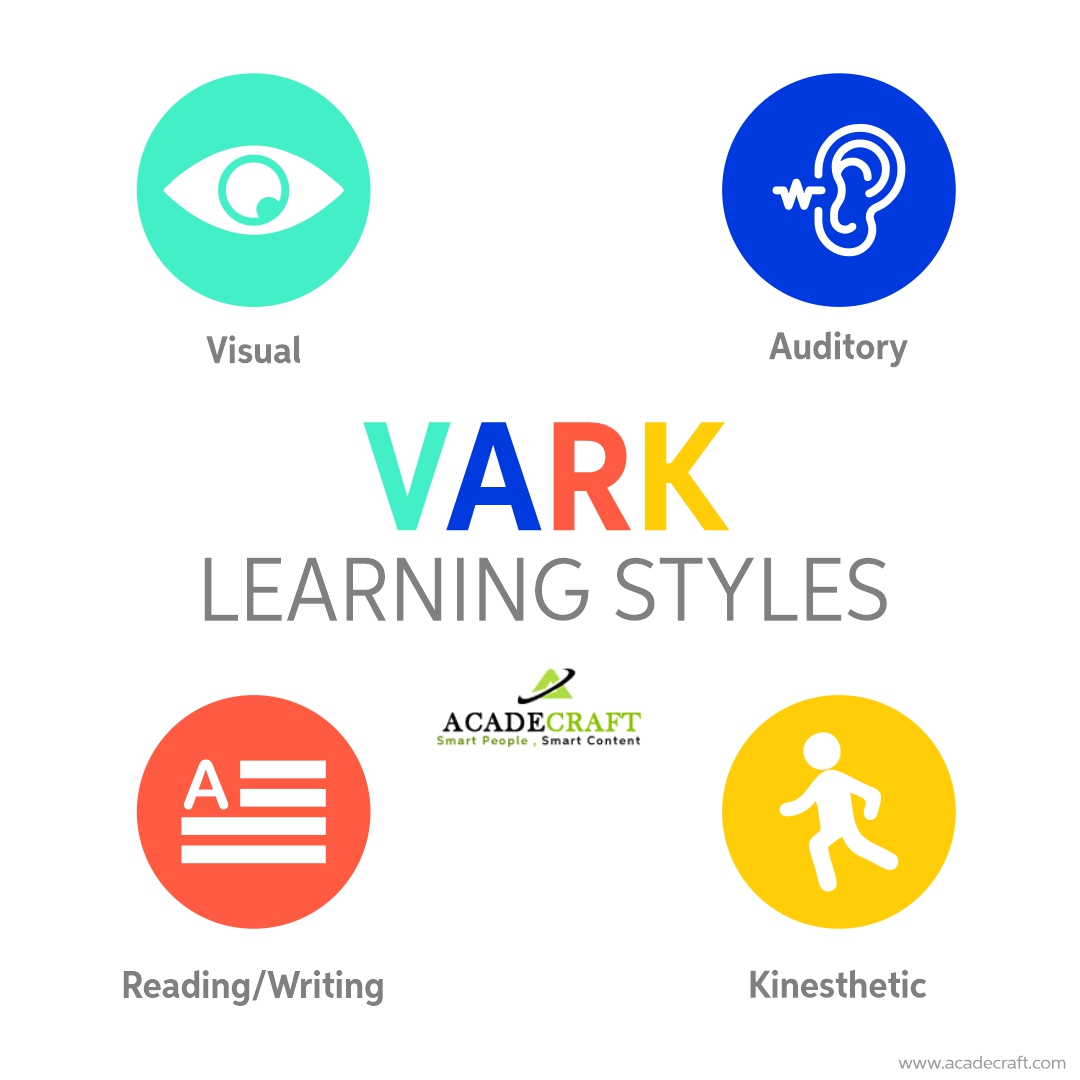
When you were a student, did you find difficulty in understanding any topic, even after repeated explanations by your teacher? I am sure, you must have! In fact, we all face difficulty in understanding some topics or the other. There are certain topics which are understood only after viewing visuals. While there are some subjects that require rigorous written practice. Hence, only lectures given by instructors are not sufficient for them. For such topics, multimodal learning is the only way forward!
So, what is multimodal learning ? And how can it be implemented? What are its important benefits? We will cover all these and more, in this blog! So, let?s begin!
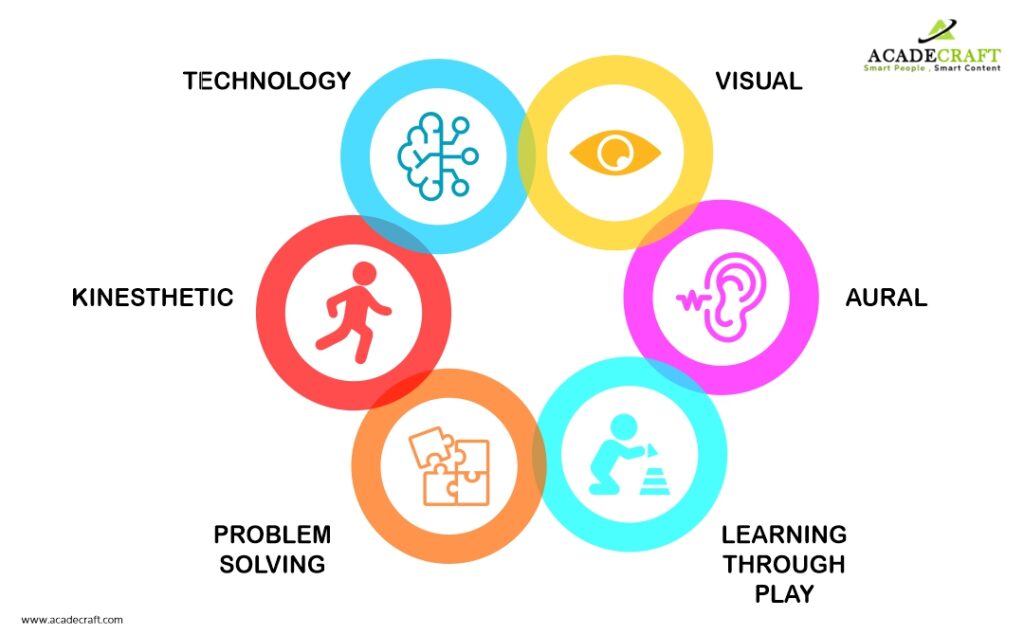
In any educational institution, different students have different styles of learning. Some are slow with Mathematics, while for some others, English is boring! To meet the expectations of all, different modes of learning are used. This is the basic idea behind multimodal learning.?
According to a report published by The Gordon Kelley Academic Success Center, multimodal learning improves the speed and efficiency of learning. When exposed to multiple modes of learning, the learners can learn the lessons very quickly and deeply. They even remember the concepts for a longer period of time.
Multimodal learning usually involves four modes of information transfer, which are:
In simple words, in multimodal learning, an instructor uses audio, visuals, and written exercises to supplement their lectures.?
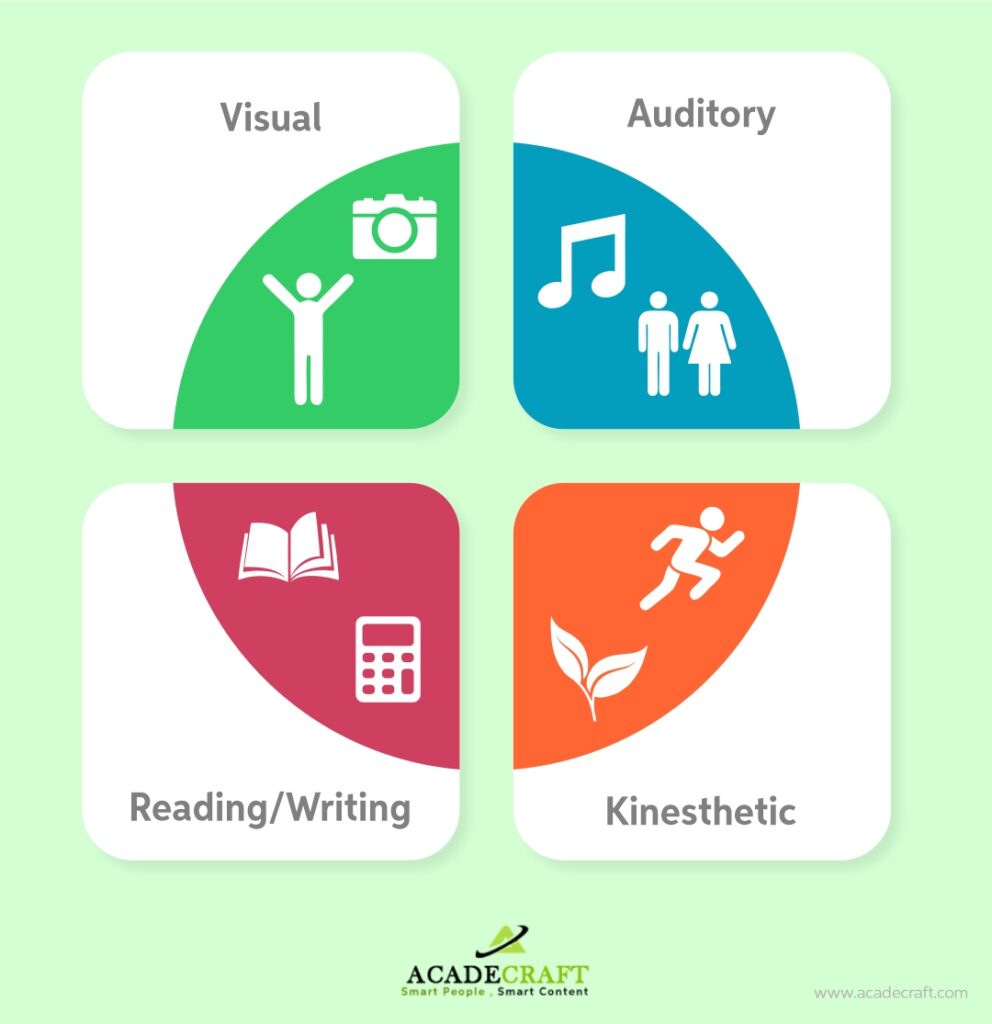
Now the question comes, how to implement multimodal learning? There are several theories and models regarding its implementation. But the most predominant method of implementing multimodal learning is the VARK framework.?
VARK stands for:
To implement multimodal learning, the institutions and eLearning companies need to implement a perfect blend of all these four modes of learning. The idea of implementing practical learning and learning through reading and writing first started in the 1970s. With the evolution of technology, audio and visuals became the latest addition to this list.
Multiple studies have found this model extremely impactful, in both online and offline mode of learning. And it comes with some other benefits too! Let?s take a look at some of them.?
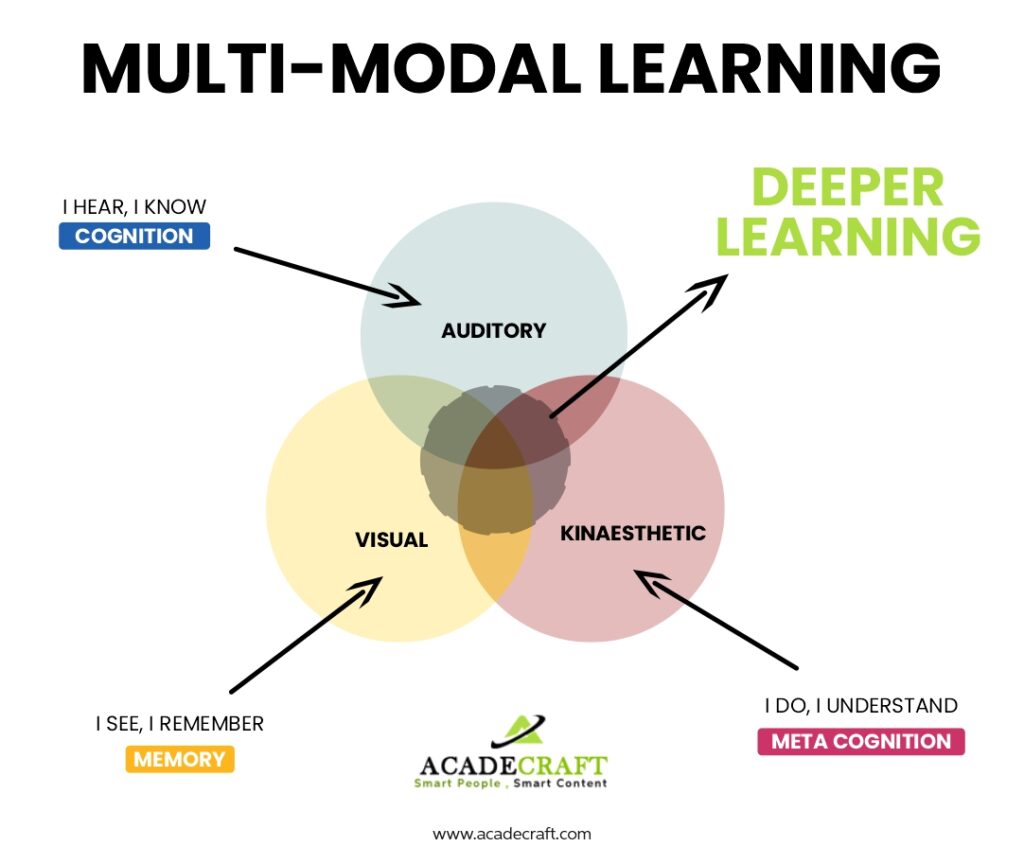
Multimodal learning provides the best suitable learning solutions to learners with multiple learning styles. Some of the major benefits of multimodal learning are discussed below.
Sometimes, music makes memorizing easy! It is a common observation that students, especially the younger ones, prefer to use music to remember long paragraphs.
In multimodal learning, the instructor can constructor musical rhymes for all the important topics, so that the learners can remember them easily. It makes learning fun, but efficient at the same time.
Multimodal learning promotes experiential learning. The learners get the opportunity to conduct experiments themselves, and analyze the results. Hence, they can learn by doing the things themselves, instead of just memorizing the processes from textbooks.
This process has great significance in STEM education. For technical topics, understanding by reading the textbooks is difficult. When the students get to see the process and do it themselves, they can easily understand the concepts. It helps them to gain first hand experience on all the machineries. It is extremely useful for engineering students as well.? ?
Multimodal learning makes the learners think. Through various activities, the learners get to know about a lot of practical daily-life applications of the theories which they are reading about.
This stimulates their curiosity. They want to discover how their knowledge is applied in daily lives. It helps them to gain a holistic knowledge and understanding of the subject. Also, as they start finding meaning in the subject, their interest to read the subject also increases.
Each learner has a different learning style. The main objective of multimodal learning is to cater to the specific learning needs of individual learners.
For example, if a learner learns by singing, multimodal learning allows them to do so. Similarly, if someone finds great interest in watching videos, they can use learning videos to study.
And specially for the STEM students, multimodal learning helps them gain first hand experience in conducting experiments and operating various technical tools.
Hence, multimodal learning fulfills different learning needs of individual learners.
As multimodal learning inspires the learners to perform certain tasks themselves, it becomes very easy for the instructors to track learner?s understanding. And, they can then give special attention to the topics where their learners are lacking.
Also, multimodal learning gives way to multimodal assessments too! That is why, the instructors can use different styles of assessments, like oral exams, written exams, activity assessments, and more! So, the examination process becomes engaging and efficient.
Do you remember that Physics class, where the instructors keep telling you that earth rotates around its own axis, but you keep thinking that there?s no such line?
Well, in STEM subjects, there are many topics which need proper visualization. And if the students don?t understand it, the entire subject becomes extremely difficult for them.
Multimodal learning can solve this issue. With the help of visuals and practical experiments, they make complex topics simple to understand. Hence, the students start understanding, and then enjoying the subject.?
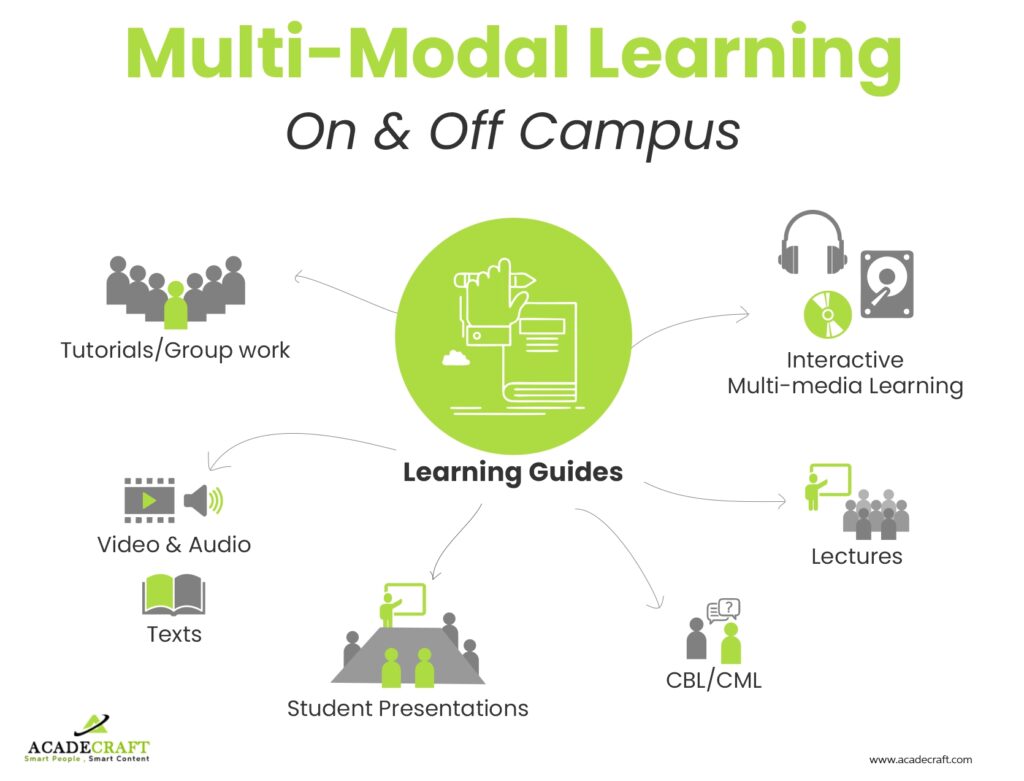
It's now time to take a look at some important examples of multimodal learning.
Studies say that games are usually the most effective way of learning. And they often involve multiple modes of learning too! For example, you can play Name The Places to memorize the names of different cities, countries and their capitals, and more! Similarly, you can play ?Numbers? to have fun with mathematics.
Many times, the instructors design suitable digital gamification solutions too. And nowadays, many reputed eLearning service providers provide customized gamification solutions for their client institutions.
Want to know how gamification complements learning? Click here!
It is a kind of activity in which students take the initiatives themselves. They think of suitable activities that they can do, and note down how that activity benefits them. Then, they connect with their peers to impress them about the idea, and make them take part in the activity. In this way, they keep sharing the idea to as many people as they can.
It improves their communication skills, both written and oral. It also improves their decision-making abilities and knowledge implementing capabilities.??????????????????????
Research projects require students to conduct thorough research on the topics, and prepare a multimedia report. Many instructors help their students learn PPT development, digital project report development, and project? presentation skills through this activity.?
Through these research projects, the students can get to know new information. It makes learning interesting for them.
Case studies are based on real incidents. It helps the students realize how knowledge should be implemented in real life. Also, the instructors can assess the analytic skills of their learners through these case studies.
Multimodal learning involves learning through audio-visual content, fun-filled activities and games. It is an interactive mode of learning which can be implemented in both online and offline mode. But, implementing multimodal learning requires expertise on multiple fronts. Like, the institutions need customized video and media content on a regular basis. Also, they need quality instructional designers who can schedule every learning task efficiently.
If you also need to implement multimodal learning, connect with Acadecraft today! We have years of experience in developing quality multimedia content and instructional designs.
Share